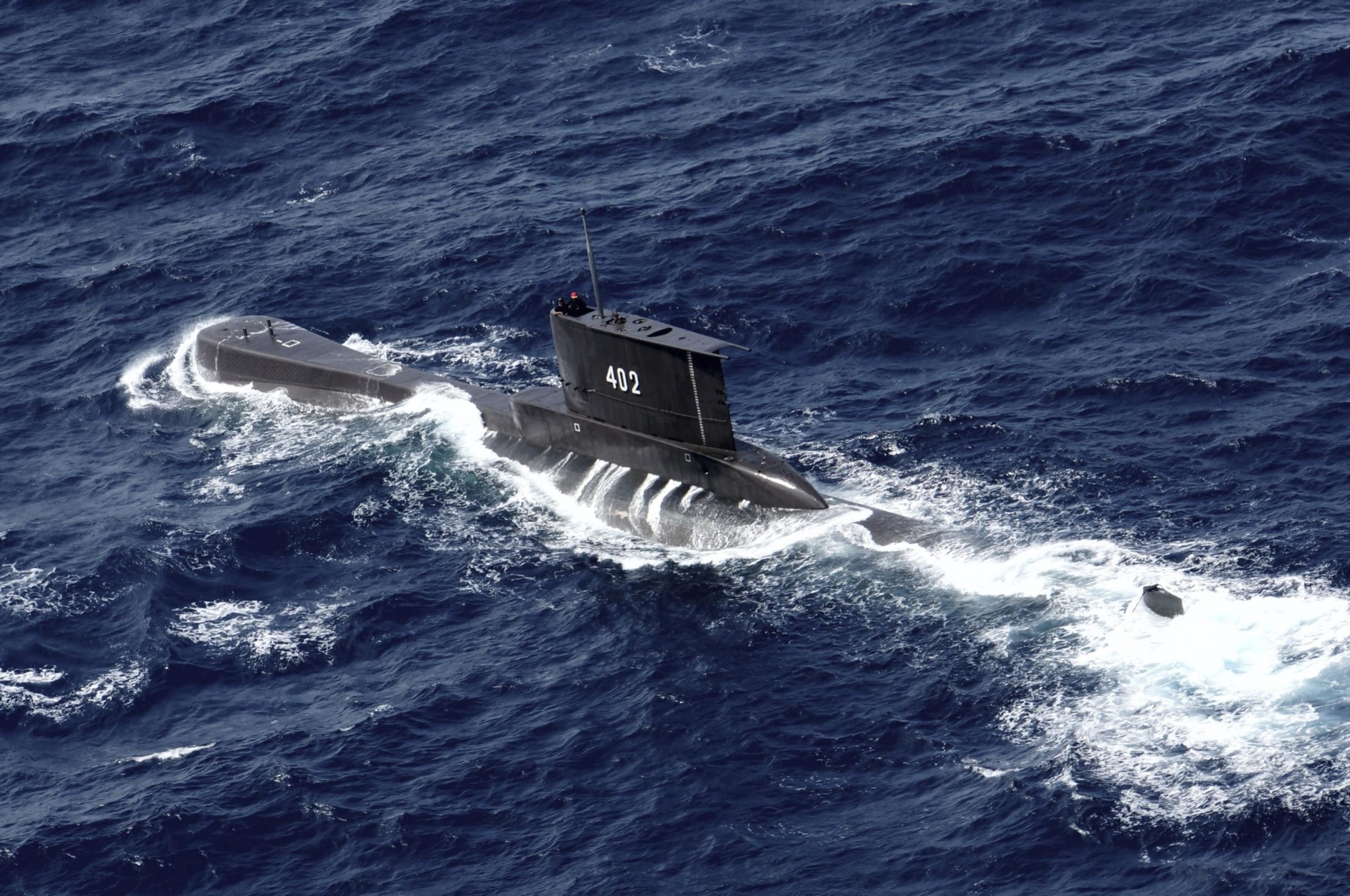The urgent search for a tourist submersible near the Titanic wreck is expanding to include more resources and rescue expertise from private firms.
Five people were on the vessel when contact was lost an hour and 45 minutes into its dive, or more than halfway down towards the wreck, on Sunday.
According to the US Coast Guard, they have less than 30 hours of oxygen left.
The search operation in the Canadian province of Newfoundland has so far failed to turn up anything.
The mission is complex – there has been no communication from tourist company OceanGate’s Titan sub and visibility is quickly lost below the surface of the water as light cannot penetrate far.
There have also been poor weather conditions in the area, although the US Coast Guard said these had improved on Tuesday.
An area of 7,600 sq miles (1,970 sq km) has been covered so far, which is larger than the US state of Connecticut.
“Our crews are working around the clock to ensure that we are doing everything possible to locate the Titan and the five crew members,” said Coast Guard Captain Jamie Frederick.
The five people on board are British businessman Hamish Harding, British-Pakistani businessman Shahzada Dawood and his son Suleman, French explorer Paul-Henry Nargeolet and Stockton Rush – the chief executive of OceanGate.
The five were sealed inside the sub using external bolts, meaning they cannot escape from it by themselves even if it resurfaces.
US and Canadian agencies, navies and commercial deep-sea firms are all helping the rescue operation, which is being run from the US city of Boston in Massachusetts. This has involved the use of military planes, a submarine and sonar buoys.
Captain Frederick said there was a huge effort under way to get heavy equipment to the search site.
Two Canadian Coast Guard ships and a Royal Canadian Navy ship equipped with a six-person mobile hyperbaric recompression chamber are also en route.
If the sub is located, this chamber can be used to treat or prevent decompression sickness, which occurs when divers are exposed to rapid decreases in pressure.
Several private vessels have also been assisting in the search, while France has diverted a vessel with a subsea robot and a remotely operated vehicle with a camera on board has been exploring the last known location of the sub.
Meanwhile, the commercial pipe-laying ship Deep Energy has been helping the research ship Polar Prince, which was the support ship on Sunday’s tourist expedition, to search the ocean’s surface.
The Titanic, which was the largest ship of its time, hit an iceberg on its maiden voyage from Southampton to New York in 1912. Of the 2,200 passengers and crew on board, more than 1,500 died.
Its wreckage has been extensively explored since it was discovered in 1985.
OceanGate Expeditions charges guests $250,000 (£195,270) for a place on its eight-day expedition to see the famous wreck, which sits 12,500ft (3,800m) beneath the surface at the bottom of the Atlantic.








